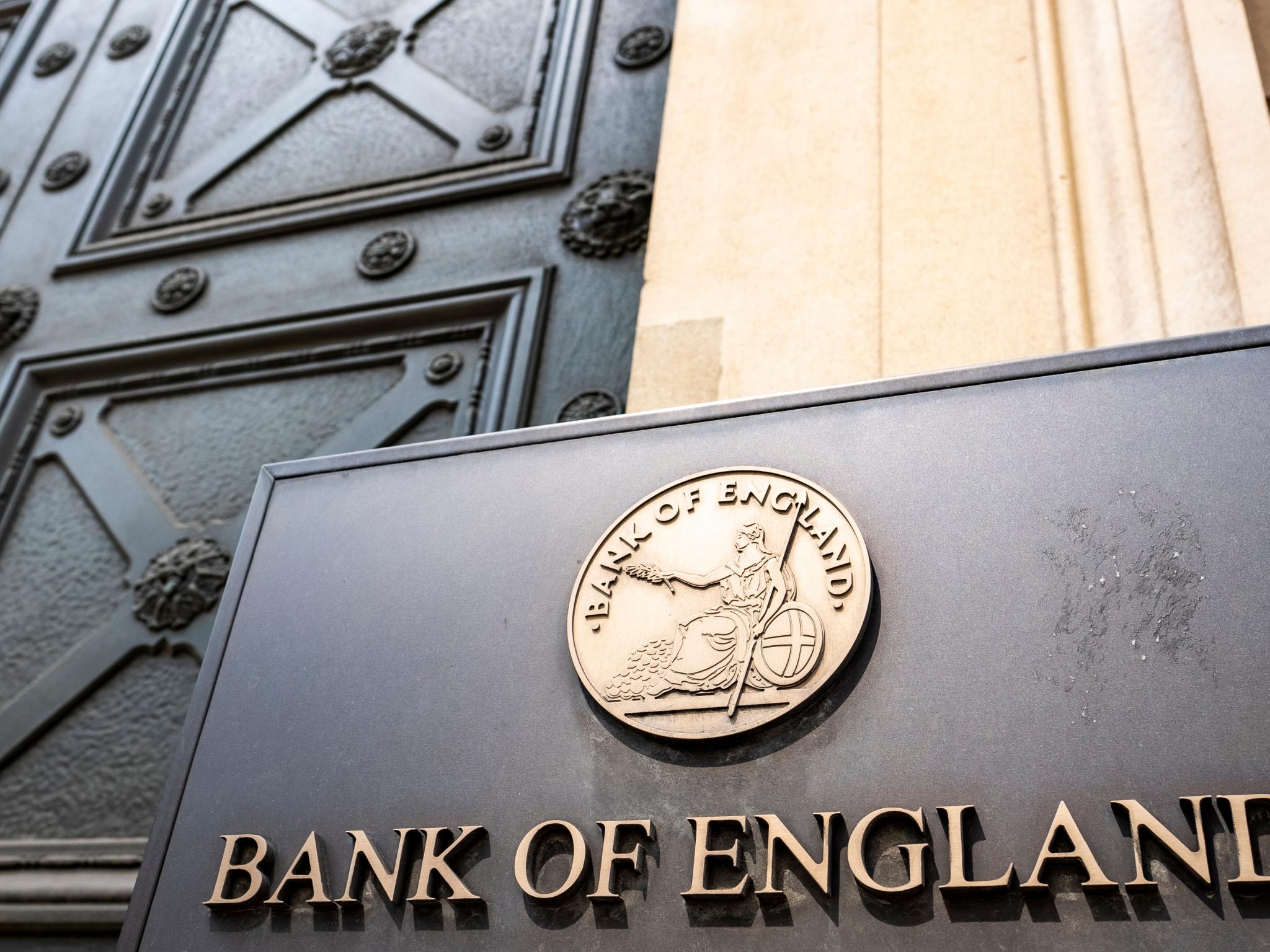
The UK’s central bank unpacked a whopping £65 billion ($72 billion) on Wednesday in a desperate attempt to steer the economy back to stability.
The emergency program was launched to avoid pension funds from crashing.
The event has been called out by commentators as unsettlingly close to a “Lehman moment,” which could have had devastating effects on the economy of the islands.
Some Context: The British Economy’s Week Of Turmoil
The British pound went rolling downhill earlier this week after new Prime Minister Liz Truss announced a £45 billion ($48 billion) plan to slash taxes, the biggest tax cut in the country in over 50 years.
The U.S. also had a part to play in the pound’s loss of value.
By raising interest rates, the Fed contributed to a stronger dollar globally which is putting extra pressure on foreign economies.
“In the last week or so, it’s hit my country, the UK,” said British Freelance Economist Shaun Richards in a live conversation at Benzinga’s Stock Market Movers show on Thursday.
See Also: Who Is Liz Truss? What Investors Should Know
Last week, UK’s new prime minister Liz Truss rolled out a new energy package in order to avoid yet another massive surprise raise in energy bills.
“I know energy costs have risen in the U.S. I’m not sure if people ordinarily have the idea of how much they’ve risen over here,” says Richards.
With the new plan in place, the UK's energy costs are going up by 26% next month, as opposed to over 100% without it.
Rising Bond Yields: A Tightening Rope Around The Neck Of UK Pension Funds
Pension funds, which serve as private providers of retirement plans that add to the country’s State Pension, have been struggling to make their payments in recent times.
Holding bonds amongst other asset classes, pension funds came into trouble as the price of bonds went down, taking yields up.
Pension funds holding billions in bonds were faced with margin calls from their investment banks because the new —lower— price of bonds didn’t add up as enough collateral for their acquired debt.
This was causing a vicious circle, by which the funds sold more bonds in order to get quick collateral, taking the price of the instruments even lower.
The UK government had announced plans in recent weeks to reduce its holding of treasury bonds —called gilts— by selling worth of £10 billion ($11 billion) a quarter for the rest of the year, as part of an effort to stop rising inflation.
Instead, the Bank of England had to jump in and do the opposite, in order to avoid a default for pension funds, and a deep spiraling down of gilt prices.
The situation reflects a broader demographic trend across Europe that could escalate in future decades: as populations become older, previous macroeconomic structures holding the balance between the workforce and those in retirement, start to collapse.
Re-purchasing bonds is a classic move in a quantitative easing strategy, a type of monetary policy aimed at purchasing securities from the market to increase the supply of money and reduce interest rates.
This goes against the UK’s ongoing plan of quantitative tightening: the country’s central bank authority had raised interest rates by half a percentage point last week, to 2.25%—the highest it’s been in 14 years.
This contradiction is live proof of the instability that the UK economy is facing.
The bond market recovered quickly after the Bank of England announcement. Wednesday's actions were enough to stabilize the pound on Thursday. The currency posted its largest one-day percentage gain since March 2020.
Up 1.8% on Thursday the pound got back to $1.1 after hitting an all-time low of $1.03 on Monday.
Shutterstock image.







